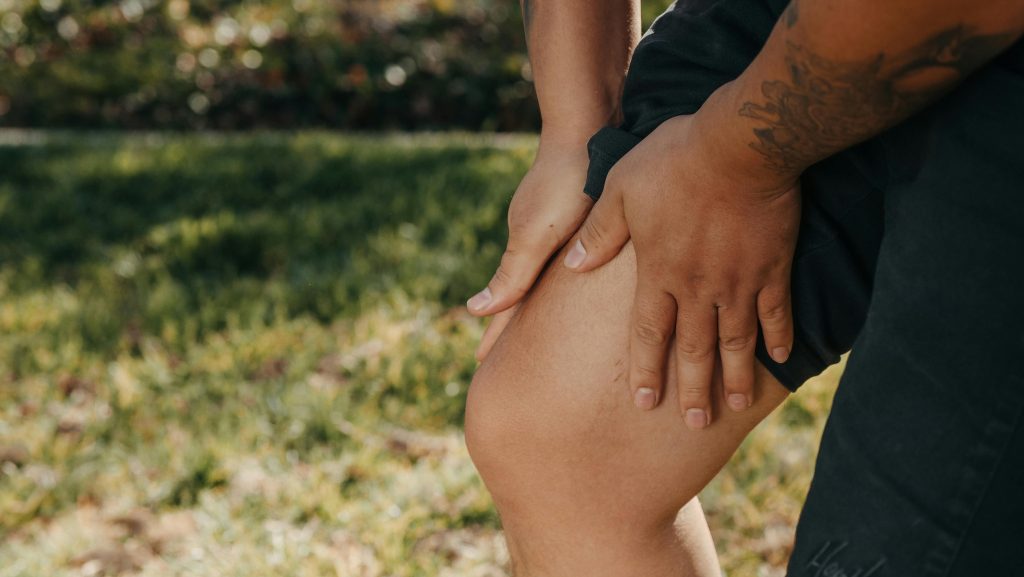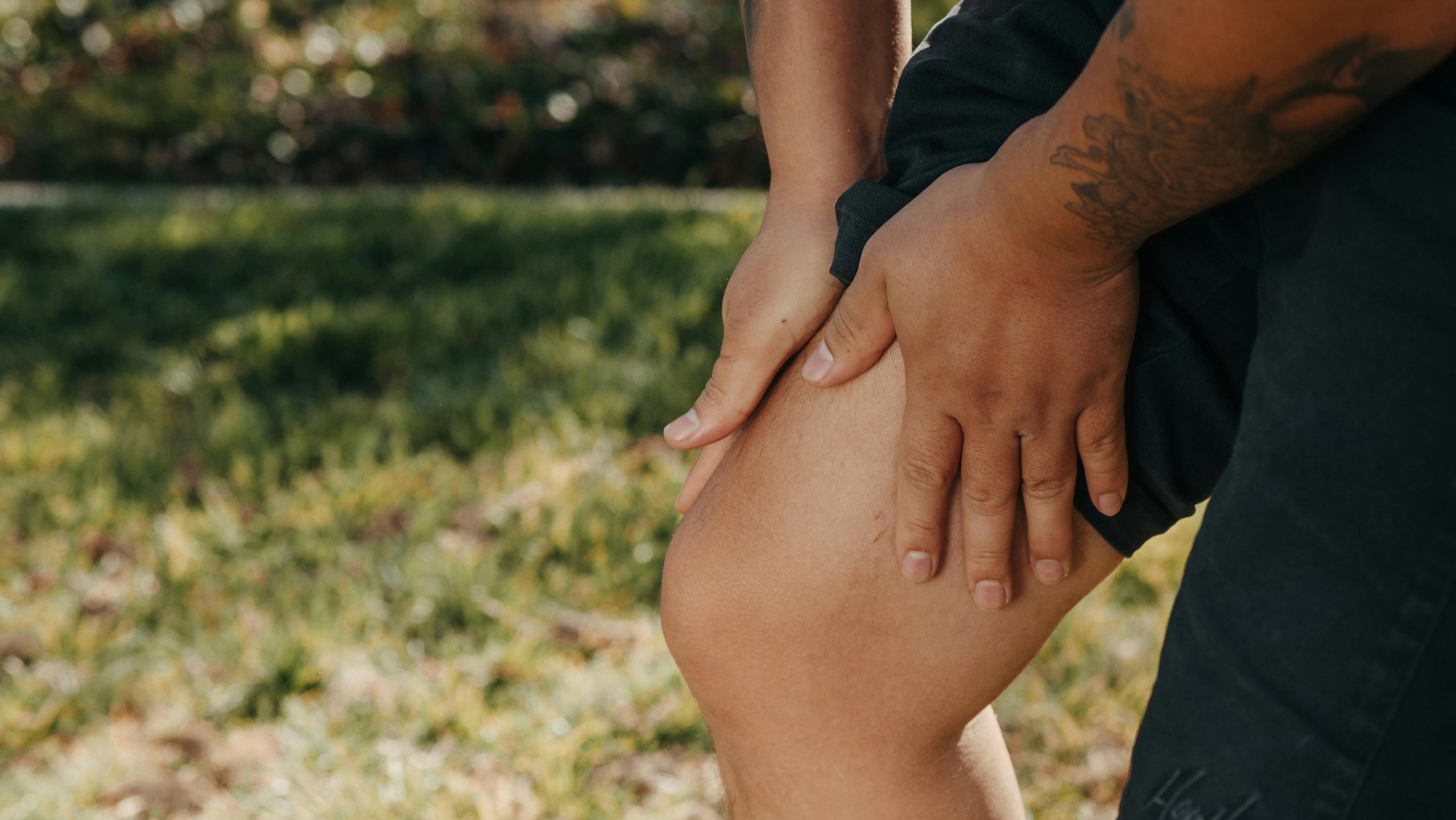How to Safely Increase Ankle Dorsiflexion
Introduction
Limited ankle dorsiflexion—the ability to flex your foot upward toward the shin—can hinder performance in sports, compromise squat depth, and contribute to knee, hip, and low-back pain. Whether you’re an athlete chasing deeper lunges or a weekend warrior recovering from an old ankle sprain, improving dorsiflexion enhances mobility, stability, and movement quality. In this comprehensive guide, we’ll explore the anatomy behind ankle dorsiflexion, how to assess your current range of motion, and step-by-step, evidence-based techniques to safely regain and maintain optimal flexibility. By the end, you’ll have a practical toolkit of stretches, mobilizations, and strength exercises to unlock greater ankle mobility and power up your workouts.

Understanding Ankle Dorsiflexion
What Is Dorsiflexion? (H2)
Ankle dorsiflexion refers to the action of lifting the top of the foot toward the shin. It occurs primarily at the talocrural joint, where the tibia and fibula meet the talus bone.
Why It Matters (H2)
- Squat Mechanics: Adequate dorsiflexion allows knees to track forward and maintain an upright torso in squats and lunges.
- Gait Efficiency: Proper ankle mobility promotes a smooth heel-to-toe walking pattern, reducing compensations up the kinetic chain.
- Injury Prevention: Restricted dorsiflexion increases stress on the knees and hips, elevating risk for strains and tendinopathies.
Assessing Your Current Range of Motion
Wall-Ankle Dorsiflexion Test (H3)
- Stand facing a wall, one foot a few inches away.
- Keeping heel flat, bend your knee to touch the wall.
- Measure the distance from big toe to wall; aim for ≥10 cm (4 in) without heel lift.
Weight-Bearing Lunge Test (H3)
- Use a goniometer or smartphone app to measure the tibia-to-floor angle as you lunge toward a wall.
- Normal is around 35–40°; values below 25° indicate restricted mobility.

Common Causes of Limited Dorsiflexion
- Muscle Tightness: Gastrocnemius and soleus (calf muscles) can limit upward flexion.
- Joint Capsule Restrictions: Stiffness in the ankle joint capsule or talocrural joint.
- Previous Injuries: Scar tissue or chronically immobilized ankles after sprains or fractures.
- Connective Tissue Shortening: Shortened Achilles tendon or plantar fascia contributions.
Techniques to Safely Improve Dorsiflexio1. Calf Muscle Stretches (H2)
Gastrocnemius Stretch (H3)
- How to: Stand facing a wall; place hands on the wall. Step one foot back with knee straight, heel down. Lean forward until you feel a stretch in upper calf.
- Duration: Hold 30 s, 3–4 reps per side.
Soleus Stretch (H3)
- How to: From the gastrocnemius stretch, bend the back knee slightly while keeping the heel down to target the deeper soleus.
- Duration: Hold 30 s, 3–4 reps per side.
2. Joint Mobilizations (H2)
Ankle Dorsiflexion Mobilization with Band (H3)
- Setup: Anchor a resistance band around a sturdy object at floor level. Loop band around ankle just above the malleoli (ankle bones).
- Movement: Step forward to create band tension. Rock knee forward over toe, holding for 2–3 s at end range. Repeat 10–15 reps.
- Tip: Keep heel firmly planted and the band pulling slightly from behind.
Self-Mobilization with Stick (H3)
- How to: Sit with leg extended. Grip a sturdy dowel or broom handle under the forefoot, pull toes toward you while gently pressing the knee forward over the toes.
- Reps: 10–12 gentle pulls, holding each for 2 s.

3. Dynamic Stretching (H2)
Walking Knee-to-Wall Drill (H3)
- How to: Assume a half-kneeling position facing a wall. Place front foot close to wall. Drive knee toward wall over toes, then return knee back and repeat 10–12 times per side.
- Progression: Add ankle dorsiflexion band mobilizations for greater intensity.
Heel Raises into Dorsiflexion (H3)
- How to: Stand on flat ground, rise up onto toes (plantarflex), then slowly lower heel below floor level by stepping onto a low platform (optional). Rock heel back under platform to increase dorsiflexion.
- Reps: 2 sets of 10–15 controlled reps.
4. Strengthening Exercises (H2)
Eccentric Calf Raises (H3)
- How to: Stand on a step with heels off edge. Push up with both feet; shift weight to one foot and slowly lower that heel toward floor level.
- Sets/Reps: 3×10 per side, 2–3 times/week.
Tibialis Anterior Work (H3)
- How to: Sit with legs extended. Loop a resistance band around forefoot with band anchored in front. Dorsiflex ankle against band resistance.
- Reps: 3×12–15 to strengthen the anterior shin muscles supporting dorsiflexion.
5. Soft-Tissue Release (H2)
Foam Roller Calf Release (H3)
- How to: Sit with foam roller under calves. Roll slowly from ankle to knee, pausing on tender spots for 20–30 s.
- Frequency: 2–3 minutes per leg, 3–4 times/week.
Tennis Ball Release (H3)
- How to: Stand facing a wall, place tennis ball under foot arch. Apply moderate pressure and roll from heel to ball of foot, focusing on sore spots.
- Duration: 1–2 minutes per foot.
Programming and Progression
Consistency Is Key (H2)
- Frequency: Daily or at least 4–5 times/week for mobilizations and stretches.
- Duration: Commit 10–15 minutes per session; integrate into warm-ups and cool-downs.
Gradual Load Increase (H2)
- Start Light: Begin without resistance or very light bands.
- Monitor Discomfort: Mild tension is expected; sharp pain indicates excessive load or poor mechanics.
- Advance Reps and Band Tension: Once able to perform 15 reps pain-free, increase band resistance or volume by 10%.
Integrate Into Functional Movements (H2)
- Goblet Squat with Heel Elevation: Place small plates under heels and squat to depth—encourages increased dorsiflexion and proper alignment.
- Lunge Variations: Forward, reverse, and lateral lunges emphasize ankle mobility in different planes.
Precautions and Common Mistakes
Avoid Overstretching (H2)
- Pushing into pain can irritate the joint capsule. Aim for “comfortable tension” and back off if sharp pain occurs.
Maintain Proper Knee Alignment (H2)
- Keep the knee tracking over the second toe to prevent valgus collapse or undue stress on ligaments.

Don’t Neglect the Whole Kinetic Chain (H2)
- Limited hip or thoracic mobility can make the ankle compensate. Include hip flexor, glute, and trunk mobility work for balanced movement.
Conclusion
Improving ankle dorsiflexion is a multifaceted process involving stretching tight muscles, mobilizing joints, releasing soft tissue, and strengthening supportive musculature. By consistently applying the targeted techniques outlined—calf stretches, band mobilizations, dynamic drills, and strength work—you’ll gradually unlock greater range of motion, reduce injury risk, and enhance performance in everyday activities and athletic pursuits. Remember: progress takes patience. Stay diligent with daily mobility work, track your gains with periodic assessments, and integrate newfound ankle flexibility into your functional movements for lasting improvements.
